Whole Grains, The Superfood
During National Nutrition Month (March), Western Missouri Medical Center (WMMC) is promoting the superfood, Whole Grains!
Whole grains include, but are not limited to, amaranth, barley, brown rice, buckwheat, black rice, bulgur, corn, emmer, faro, freekeh, kamut, millet, oats, quinoa, red rice, rye spelt, wheat and wild rice. (This also includes whole grain flours, couscous, pasta and bread.)
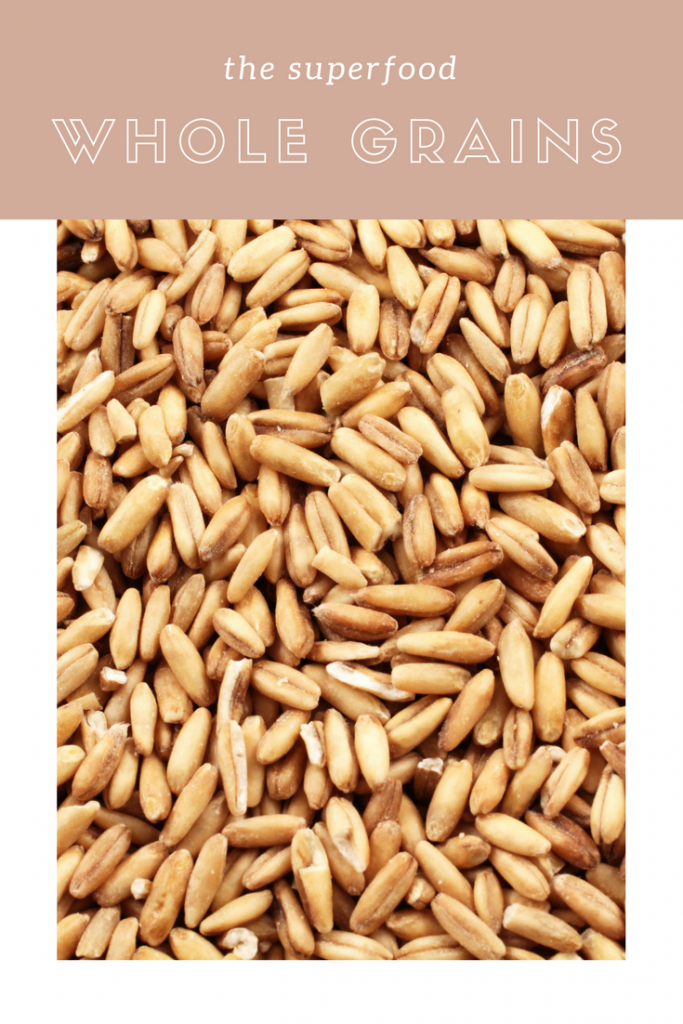
What Makes a Grain “Whole?”
Whole grains are unrefined—meaning that they contain the entirety of the grain: the germ, bran and the endosperm.
Refined flours are stripped of everything except for the endosperm. Since the late 1800s, most grains that are eaten around the world are refined grains.
“Enriched” flour is refined flour has less than half dozen vitamins added back that have been lost in the refining process. Unfortunately, “enriched” flour lacks the fiber and phytonutrients that make whole grains a superfood.
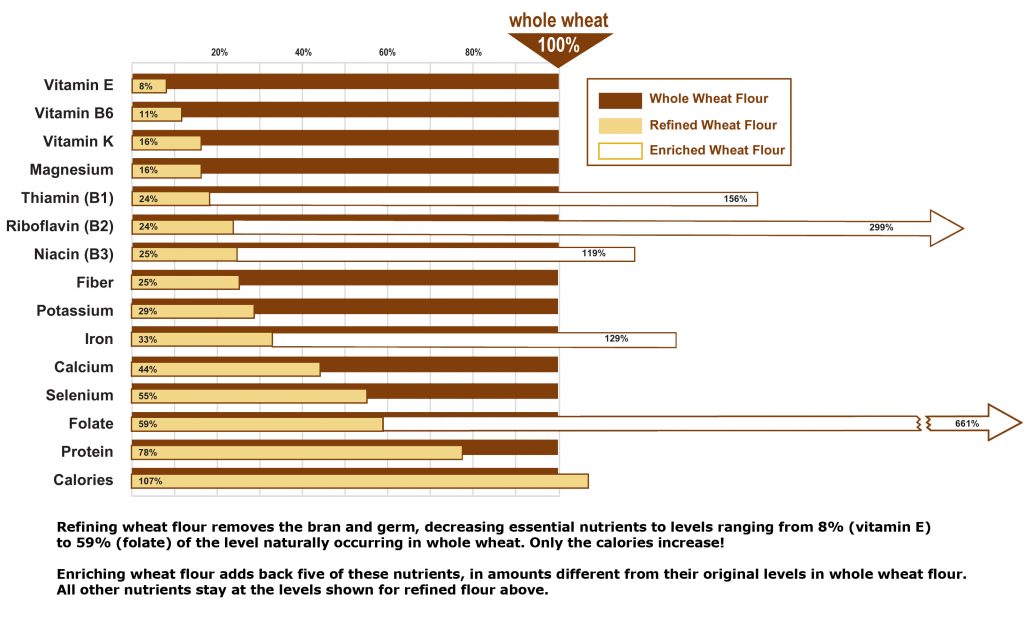
Photo from Whole Grains Council
Why Whole Grains?
Grains are an important source of many vitamins, minerals, antioxidants, fiber, and phytochemicals. These vital nutrients found in whole grains have been shown to prevent and fight against disease. Recent studies indicate those who eat 2-3 servings per day of whole grains may have a reduced risk of cardiovascular disease, hypertension, diabetes, inflammatory disease, obesity, and colon cancer. The synergistic effect of eating whole grains far exceeds the health benefits each individual nutrient.
What About Gluten?
You may have heard that you should avoid gluten in your diet. Gluten is a protein found in wheat, barley, rye and some oats. Negative media coverage has led many to doubt the benefit of including those grains in a healthy diet. However, these claims are not substantiated by research. Typically, only those with celiac disease or gluten sensitivities should avoid gluten. Most people can eat gluten without any side effects and those who do can choose from plenty of other whole grain options.
Make Half Your Grains Whole!
Start with foods you might already love like pasta or crackers. Make them 100% whole grain instead of refined. Experiment with less common grains like quinoa in stuffed peppers or bulgur in soup. You can even use half whole grain flour when baking.
Keep in mind not all whole grain foods are healthy. Sometimes a food item is made with whole grains, but its first ingredient is sugar! Make sure you look for the whole grain stamp, choose items with at least 2-3 grams of fiber per serving, and read labels to ensure the first ingredient is a whole grain. “Wheat,” “stone ground,” “organic,” or “bran” products are not always whole grain. Looks for items that are 100% whole grain. Also, watch your serving sizes. Eating too much of many healthy foods can lead to weight gain. Just ½ cup oatmeal, one six-inch whole wheat tortilla, or three cups popcorn are one serving.
Start your journey of eating more whole grains by trying one of the following recipes or talk with your primary care provider about scheduling an appointment with one of our registered dietitians today!
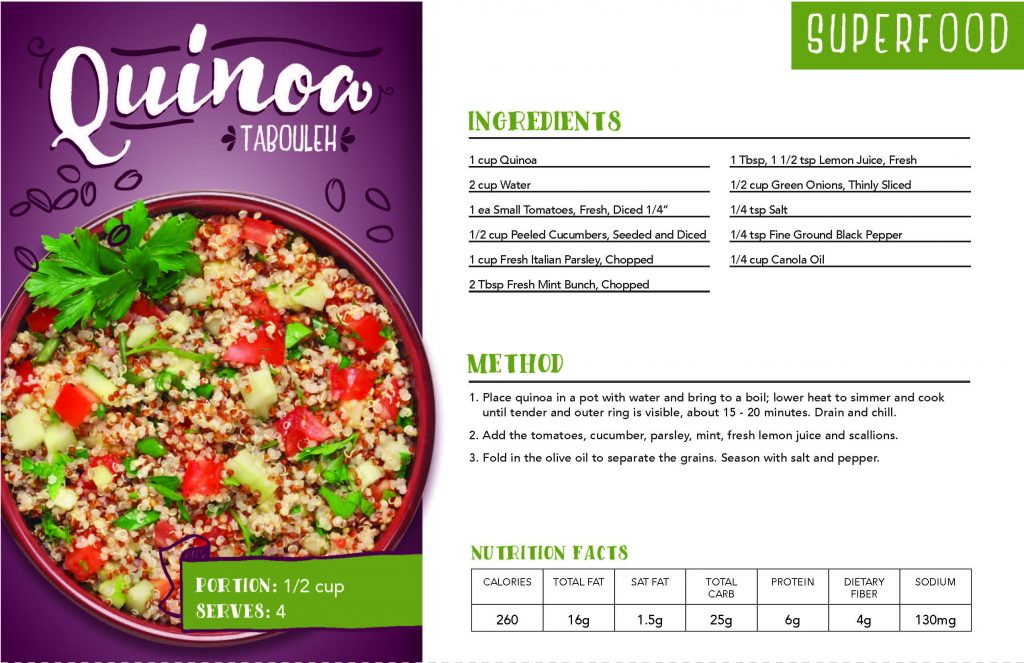
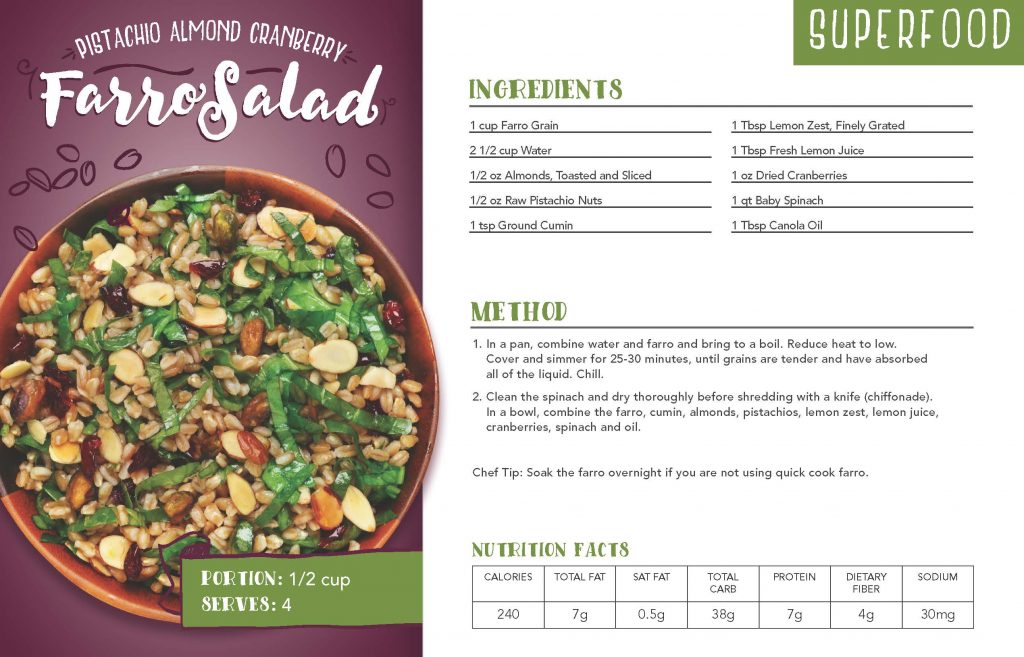
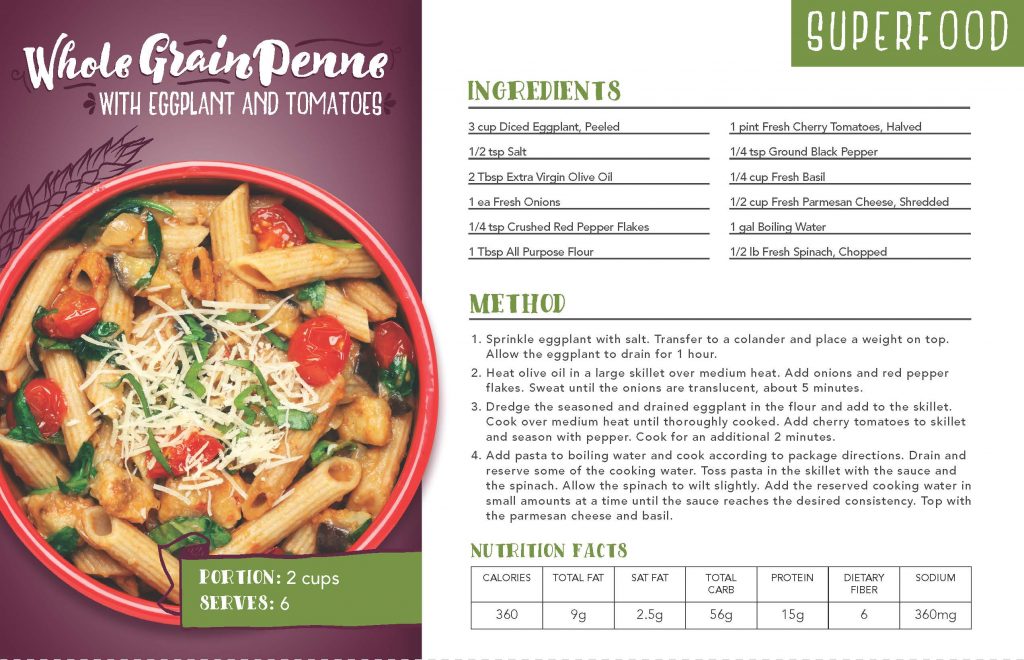
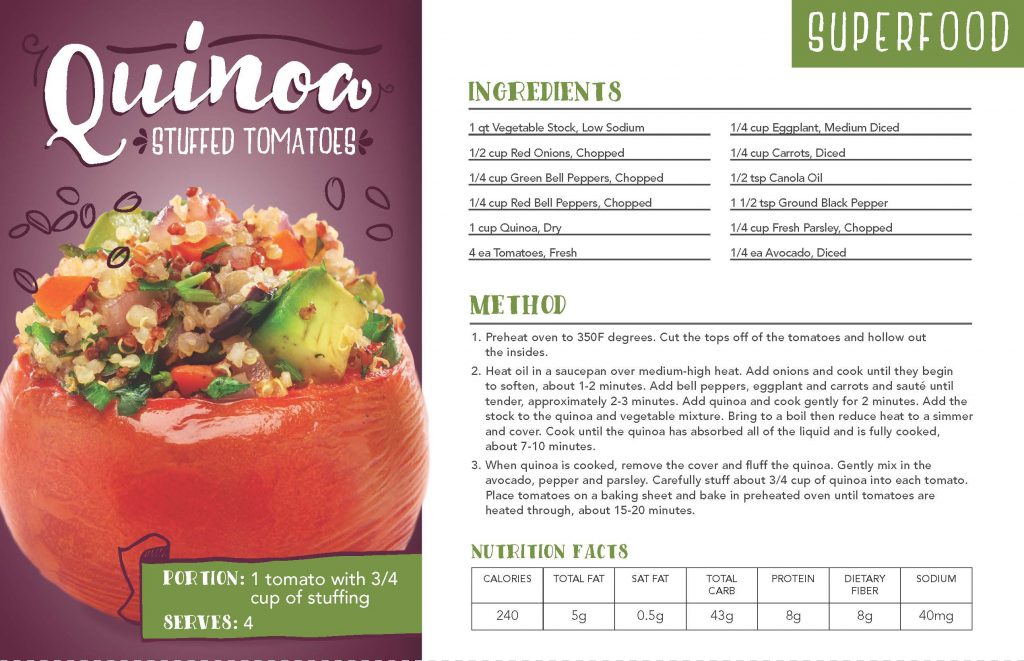
(Recipes have been provided by Morrison Healthcare, Western Missouri Medical Center’s choice partner for clinical nutrition.)
